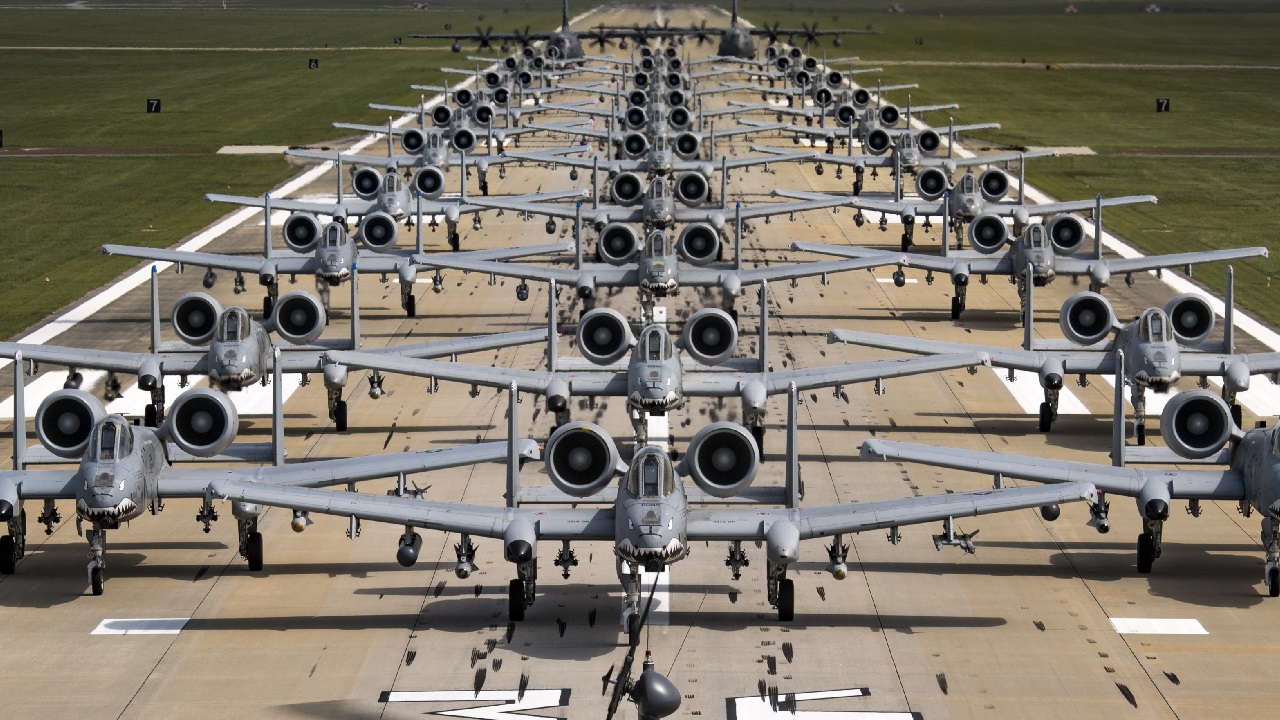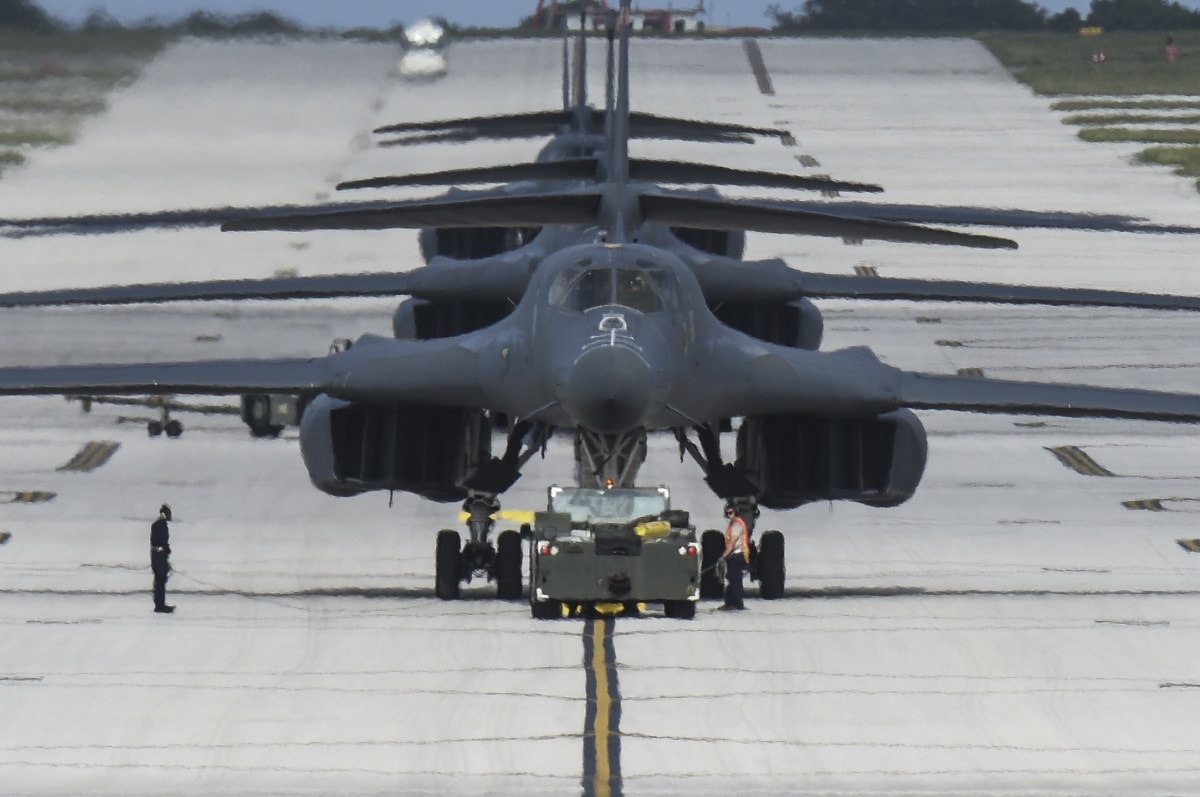Dakota Wood

Is Report of U.S. Military Weaknesses Silly and Dangerous or Spot-On and Alarming?: According to Politico, an anonymous defense official claims Pentagon leaders are “none too pleased” that The Heritage Foundation’s latest Index of U.S. Military Strength has characterized American hard power as “weak.” The unnamed source also said that Heritage’s scoring is “silly and dangerous,” in part because it is “based on the outdated requirement that the military be able to fight two wars simultaneously,” a metric changed by the Obama administration and maintained by both the Trump and Biden teams.
Perhaps one can forgive someone in the Pentagon for taking offense when an outsider says their baby is ugly but, if it is true, prideful umbrage does not overrule the fact of the matter. When it comes to assessing our military, it’s size, readiness, and capabilities that counts. The Pentagon should care far more about its ability to protect U.S. interests than its self-esteem.
The Index draws its information from the Pentagon’s own reports, testimony to Congress, statements from senior officials, acquisition data, and other publicly available information relevant to understanding the state of America’s military. The military assessment section of the 2023 Index includes nearly 700 footnotes supporting our conclusions. Here is a sample of the many facts bearing upon the matter:
The U.S. has found itself at war every 15 to 20 years since its founding. This is unlikely to change anytime soon.
During the Cold War, the U.S. military competed against a single massive opponent (the Soviet Union) on a global scale, while still managing to handle crises in various parts of the world. Today, the U.S. faces four opponents—China, Russia, Iran, and North Korea—yet has little more than half the force it did just three decades ago.
In every major conflict since World War II, the Army has committed 21 brigade-equivalents of ground force, the Marine Corps roughly 15 battalions, and the Air Force around 600 fighter/attack aircraft. Numerous studies have concurred with these historical realities and recommended a force twice this size to secure U.S. interests. Today the Army has 31 brigades, the Marine Corps 22 battalions, and the Air Force approximately 626 combat-coded fighters available for use.
During the Cold War, the Navy maintained a fleet approaching 600 ships and kept 100 at sea. Today’s Navy has fewer than 300 ships, yet keeps the same number deployed. Fleet size will soon shrink to 280 ships.
During the Cold War, fighter pilots averaged over 300 hours of flying each year. Today, Air Force pilots average fewer than 120 hours, roughly a single flight each week.
The Army operates with brigades, yet focuses its training at the company-level, perhaps assuming that things will all come together in combat.
For nearly 20 years following 9/11, the U.S. military conducted operations that consumed platforms, munitions, and equipment purchased to fight the Soviet Union. Sadly, these assets have not been replaced at similar rates. As a result, the military is stuck with aged platforms and diminished inventories. America’s support to Ukraine has exacerbated the problem, as the Pentagon digs deep into existing inventories of weapons and munitions to help Ukraine defend itself against Russia. Inventories are nearing war-reserve levels, and it will take years to replenish them.
Though some new equipment is slowly being fielded, the force continues to shrink. A military barely able to handle one war is ill-equipped to do more. Should the U.S. be called to defend NATO partners in Europe, it will not be able to support Israel, Taiwan, Japan, South Korea, or anyone else, anywhere else.
Far from deterring competitors, this situation will embolden them, increasing risk at the worst possible time.
In its current state, how can our military be assessed as anything other than weak?

Four U.S. Air Force B-1B Lancers assigned to the 9th Expeditionary Bomb Squadron, deployed from Dyess Air Force Base, Texas, arrive Feb. 6, 2017, at Andersen AFB, Guam.
Honestly assessing U.S. military power is not “dangerous.” What is dangerous is to be weak and to not let the American people know it. Even more dangerous: a Pentagon in denial of the threats it faces and its own vulnerabilities.
No comments:
Post a Comment